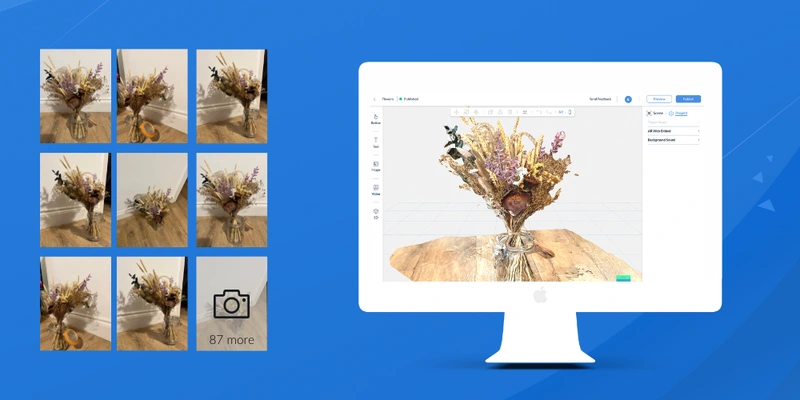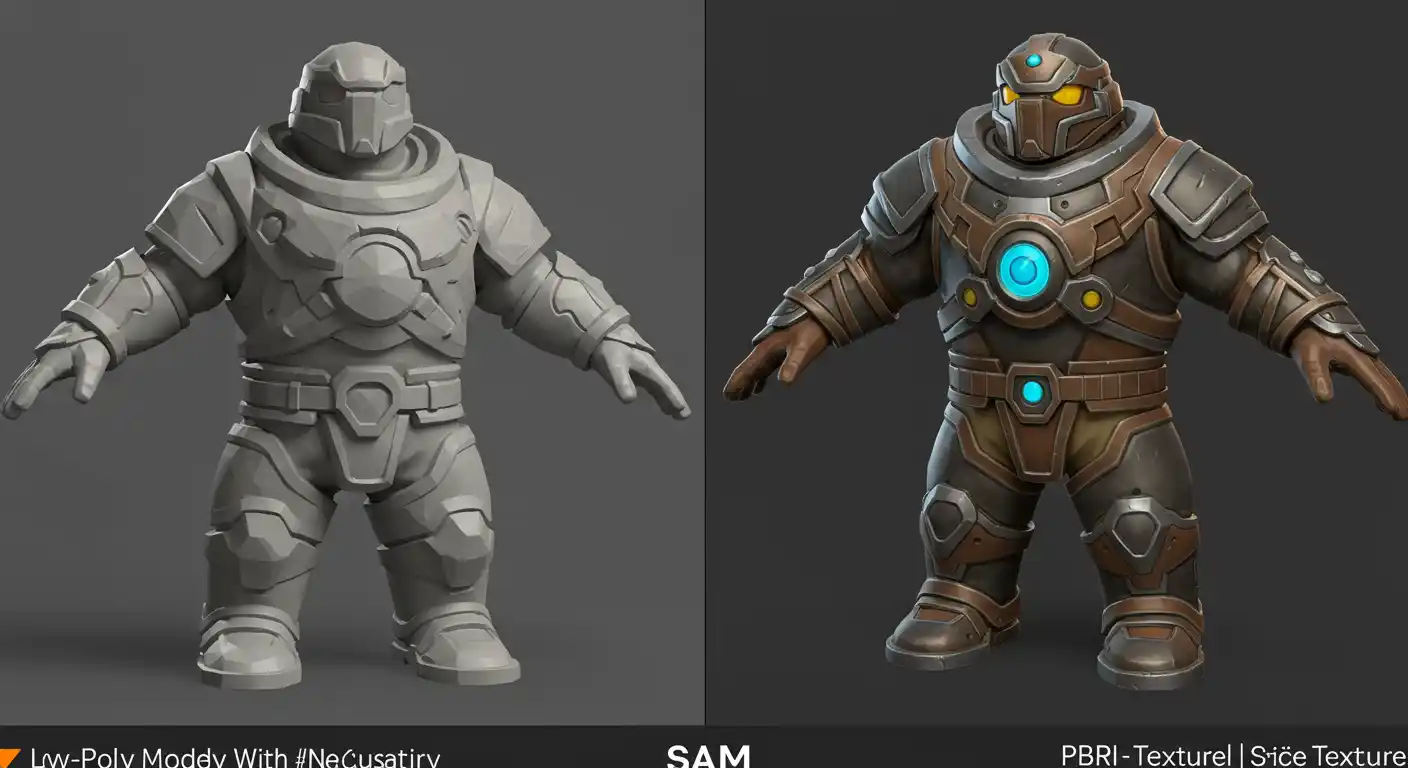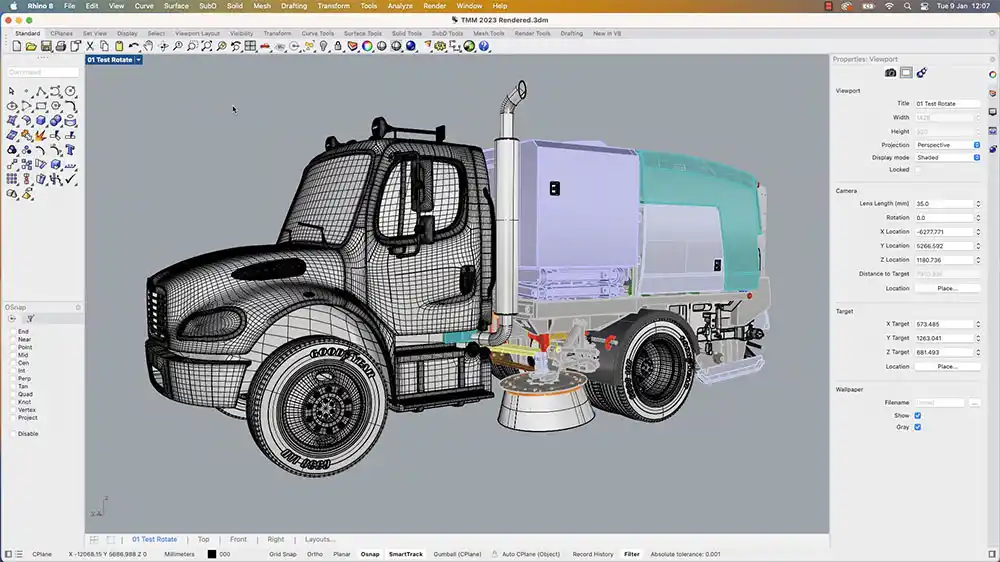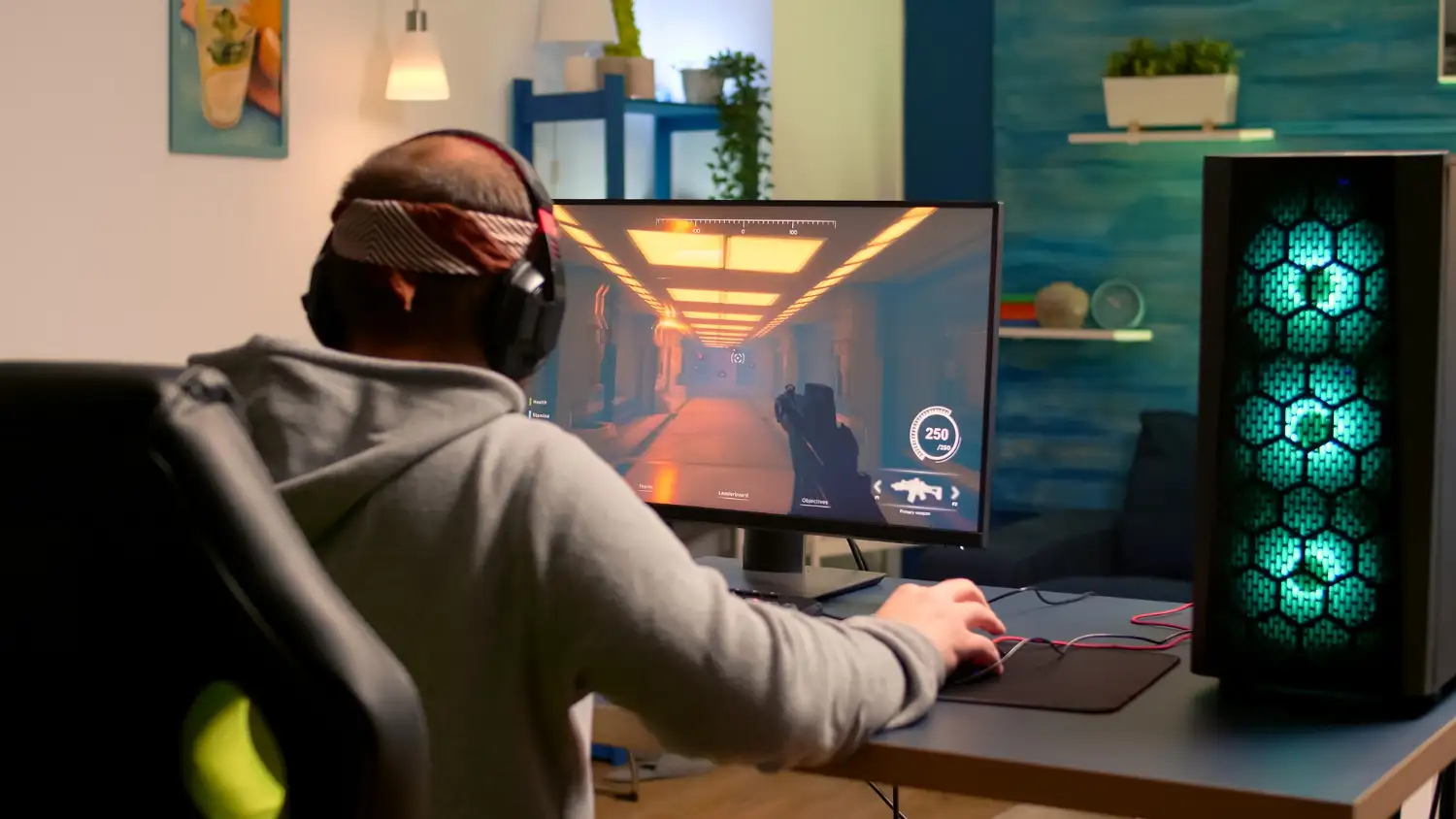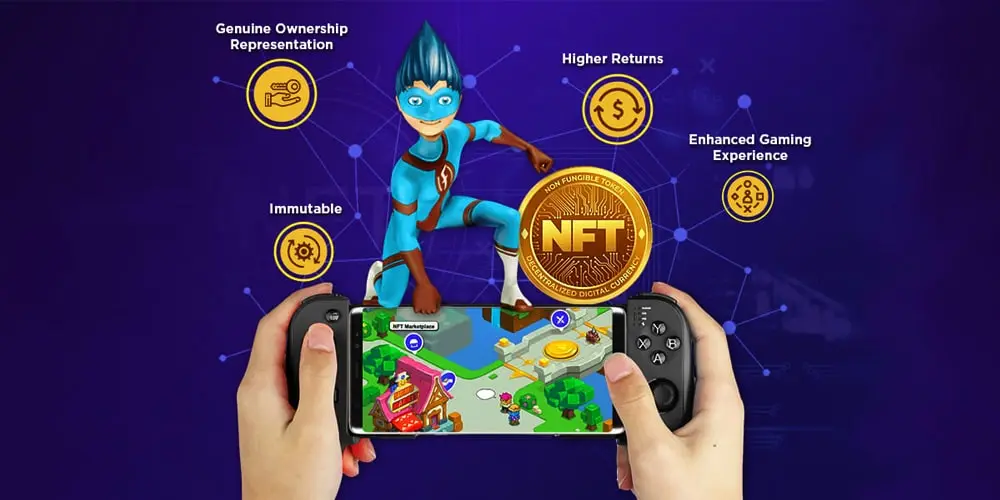Low Poly vs PBR Assets: What Game Developers Are Choosing in 2025
by Animatics Asset Store in Blog on July 22, 2025Game developers often face this choice: use low poly vs PBR assets. Each has a purpose. This article explains both styles and how studios pick them in 2025.
What Are Low Poly Assets?
Low poly game assets use fewer triangles and simple shapes. They often have flat colors or stylized textures.
This style first rose when hardware was weak. But it’s still loved. In 2024, Steam tagged over 200 low‑poly games. These games run well on phones and VR headsets. They load fast and stay smooth. That happens because fewer pixels and less rendering power are needed.
In VR or mobile, low poly reduces lag. Game devs also like the clean and colorful look. For horror or indie games, low poly adds charm through simplicity.
What Are PBR Assets?
PBR materials stand for Physically Based Rendering. These are realistic surfaces. They show how light bounces off metal, wood, or skin.
PBR materials use maps like albedo, normal, specular, and roughness. Big studios use them for lifelike visuals in AAA games.
According to Vastextures research, over 500,000 real-world PBR materials exist now. This makes it easy to build photoreal scenes. In big games or architectural apps, realism sells.
Comparing Low Poly vs PBR
| Feature | Low Poly | PBR Assets |
|---|---|---|
| Visual Style | Simplified and stylized | Realistic and detailed |
| Performance Cost | Very light, fast on low-end | Heavy, needs powerful GPUs |
| Creation Time | Quick to make and texture | Slower with complex maps |
| Use Cases | Indie, mobile, VR, stylized games | AAA titles, simulations, archviz |
Performance and Load
Low poly uses fewer polygons. That means smaller file sizes and faster load times. It suits mobile, VR, or big maps.
PBR looks stunning. But it needs more data and GPU power. It fits best on PCs, consoles, or when visuals matter most.
Development Speed
Low poly is fast. You can build a 3D prop in hours. Developers spend little time on textures.
PBR takes time. You need multiple texture maps and lighting tests. That work pays off in visual realism.
Artistic Focus
Low poly works with stylized art styles. It brings strong silhouette and bold color.
PBR shines when realism is key. It mimics real-world lighting perfectly. Scenes look almost real.
What Are Developers Actually Choosing in 2025?
Trends in 2025 show many indie and mobile projects pick low poly. It saves cost and speeds release.
Meanwhile, big-budget games and simulation tools go for PBR. With next-gen GPUs, PBR performance is better than ever.
The rise of tools like Hunyuan3D 2.5 shows PBR is getting easier to generate with AI. This helps small studios use PBR more often.
Blending Low Poly and PBR
Some teams mix both. They create stylized low poly shapes, but then add PBR-like textures. Others use normal maps or light baking on simple models.
This hybrid method looks appealing and multiplies performance benefits.
Where to Find Free Assets in 2025
Finding quality assets is crucial. The Animatics Asset Store offers free 3D game assets.
It includes both low poly and PBR packs. You get models, planes, props, and stylized items.
Game devs often mention on forums that its free library reduces time and cost when they choose low poly vs PBR.
Don’t treat Animatics as ads. Many developers just start with a free model. Then they adapt it for their art style. It’s a helpful starter point.
Tips When Choosing Assets
- Know your platform. Mobile? VR? Go low poly. High-end PC? Use PBR.
- Art style matters. Stylized visuals fit low poly. Realism demands PBR.
- Prototype fast. Use low poly during early stages. Switch to PBR later if needed.
- Mix wisely. Maybe low poly world with shiny PBR props where focus is needed.
- Test FPS & memory. Keep your frame rate and load time in mind.
Future Outlook
In 2025, GPU power continues rising. Tools automate texture baking and PBR generation. Yet low poly isn’t fading.
Low poly remains vital for portable devices. Also for stylized indie hits.
PBR is gaining ground via AI and optimized pipelines. Tools like Hunyuan3D and PBR texture libraries are evolving fast.
Final Thoughts
The Low poly vs PBR choice depends on your project. Low poly runs fast, loads quickly, and looks cute. PBR delivers lifelike visuals and real-world lighting.
In 2025, many indie teams pick low poly for ease and charm. Meanwhile, big teams and simulations use PBR for immersion.
Check out the Animatics Asset Store if you need free, ready-to-go assets. Start simple, scale smart. Good art matters, but smooth gameplay wins.


